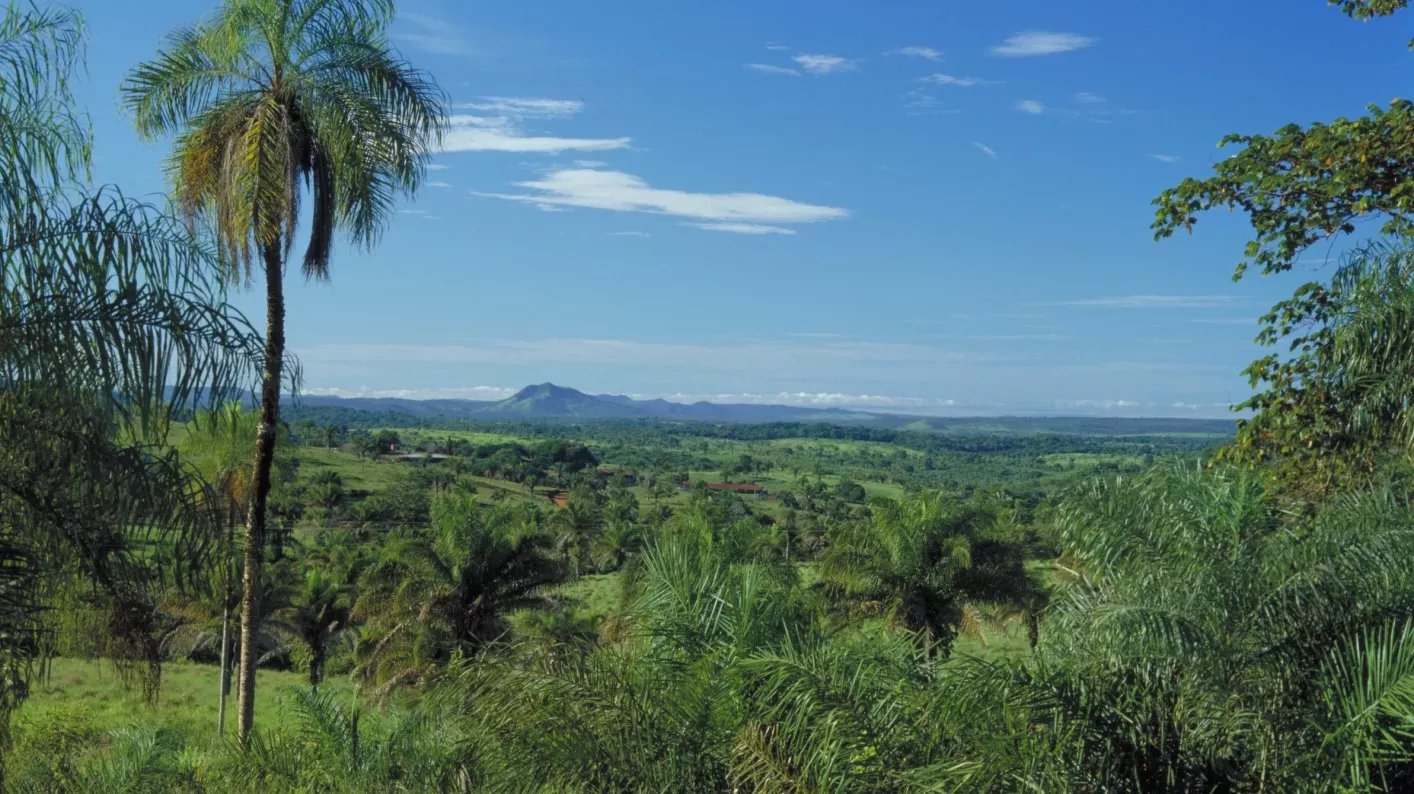
Tropical Important Plant Areas (TIPAs) in Bolivia
Identifying Tropical Important Plant Areas in the Chiquitano ecoregion of Bolivia and bordering Brazil.
TIPAs Bolivia
Plants are often highly under-represented in conservation planning schemes because information on plant diversity is not available in formats that are accessible to policy makers and conservationists.
Two in five of the world’s plant species are estimated to be threatened with extinction, and many of these occur in the tropics, where species extinction continues due to destruction of natural habitats for agriculture, industry, energy and other development.
There is, therefore, an urgent need to unlock data on tropical plant diversity and distributions so that it can be used to effectively prioritise conservation efforts.
The Important Plant Areas initiative, established by Plantlife International, provides an effective model using simple but scientifically sound and verifiable criteria.
Kew is working with its partners in selected countries and territories across the tropics to identify the sites that support globally threatened species and habitats and/or exceptional plant richness, designating them as Tropical Important Plant Areas (TIPAs) and enabling national authorities to prioritise their protection and sustainable management.
In the initial phase of this work, beginning in 2015, we selected seven countries / territories where we have strong partnerships and robust data sets in place to enable TIPA identification: Bolivia, Cameroon, Guinea, Indonesian New Guinea, Mozambique, Uganda and selected UK Overseas Territories in the Caribbean.
Identification of TIPAs in these countries is either complete or ongoing and, in the meantime, we are expanding our TIPAs partnerships into new countries, for example in Ethiopia.
Information on the identified TIPAs can be found on the Tropical Important Plant Areas Explorer online portal, as well as being disseminated via books and papers in scientific journals, with information on the component species available through Plants of the World Online.
Information from the TIPAs programme will feed directly into conservation prioritisation for delivery of on-the-ground conservation actions by our partners.
The TIPAs programme is generously supported by a range of funders - details are provided within the specific TIPA project pages.
For opportunities to fund the continuation of this programme, please contact Iain Darbyshire.

Identifying Tropical Important Plant Areas in the Chiquitano ecoregion of Bolivia and bordering Brazil.
TIPAs Bolivia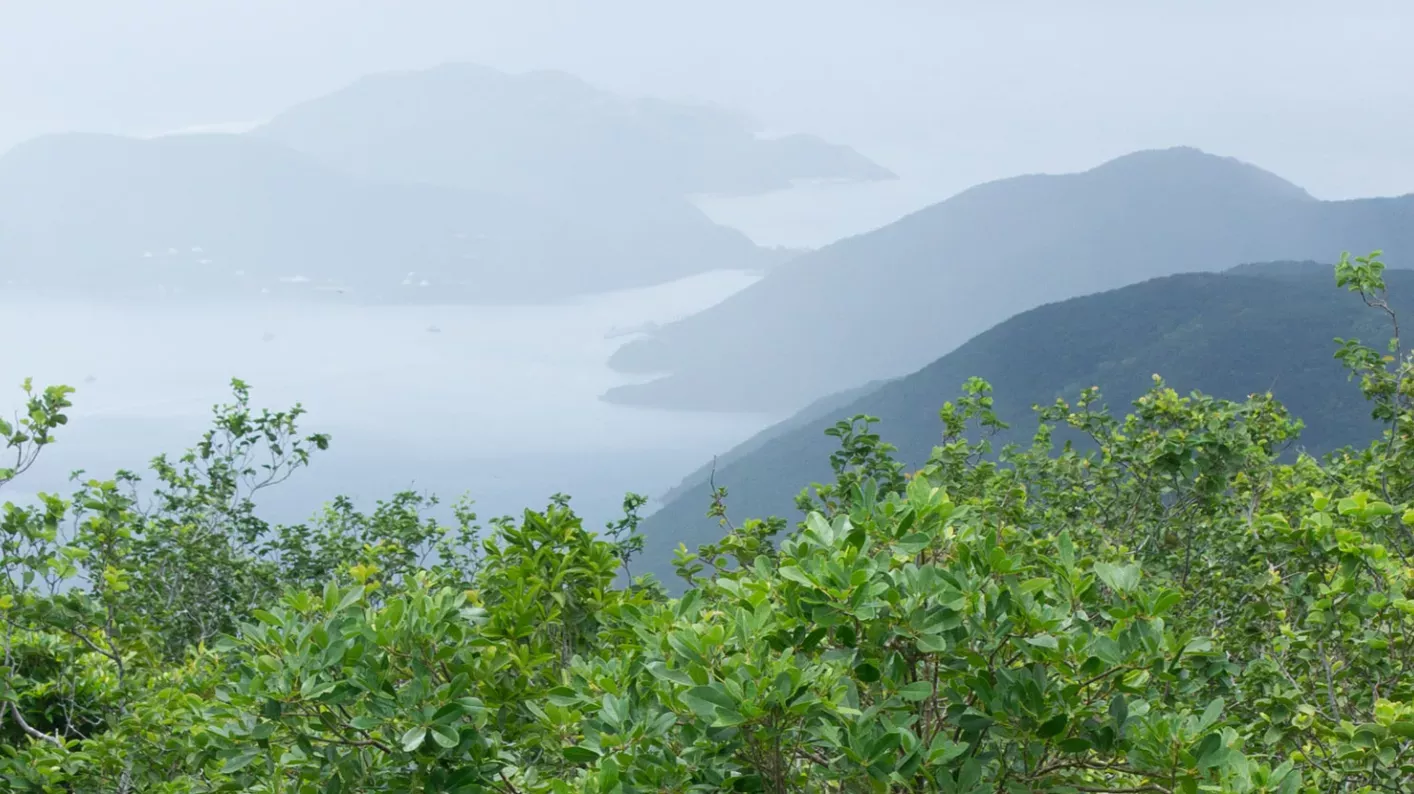
Identifying key sites for plant and habitat conservation in the British Virgin Islands (BVI).
TIPAs BVI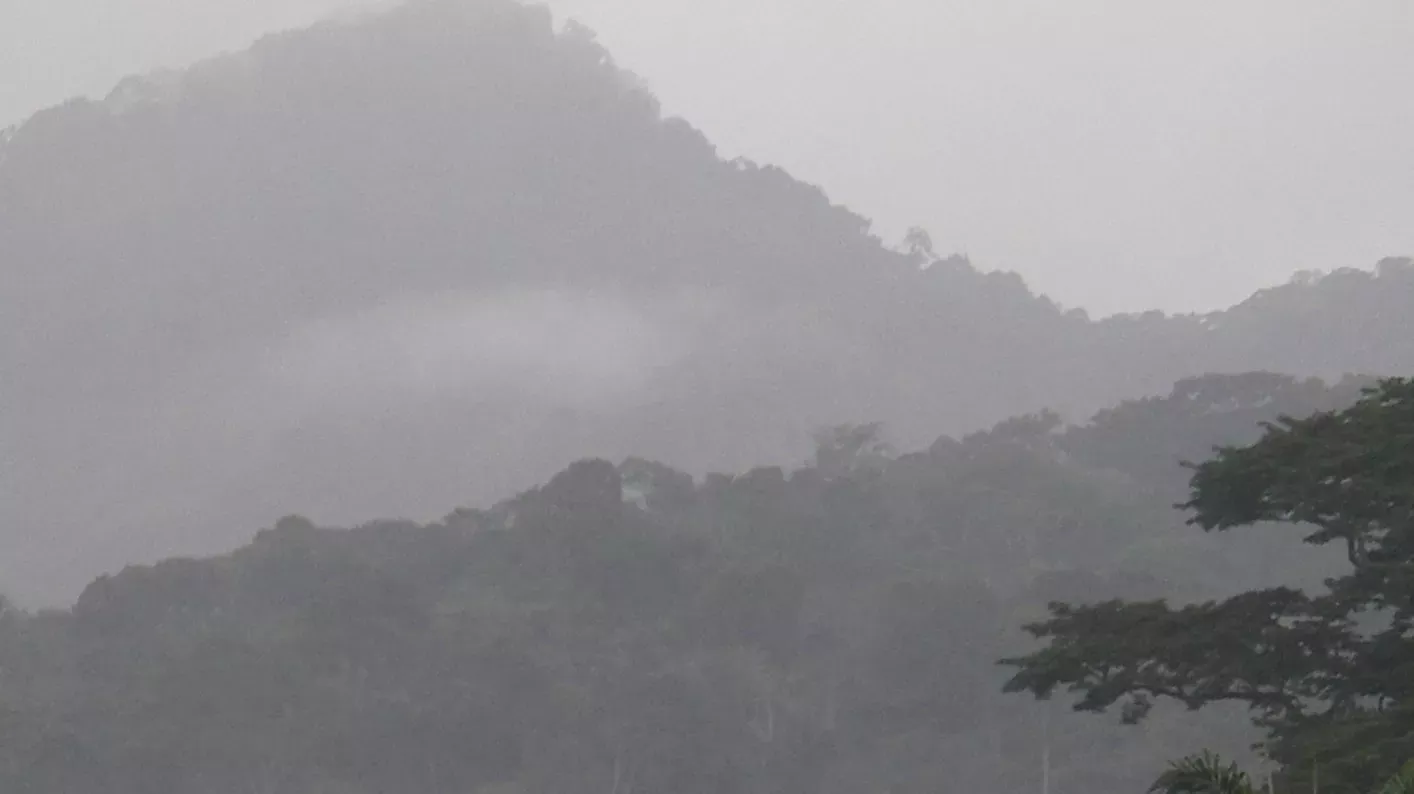
Identifying and promoting the long-term conservation and sustainable management of Cameroon’s most important sites for plant diversity.
TIPAs Cameroon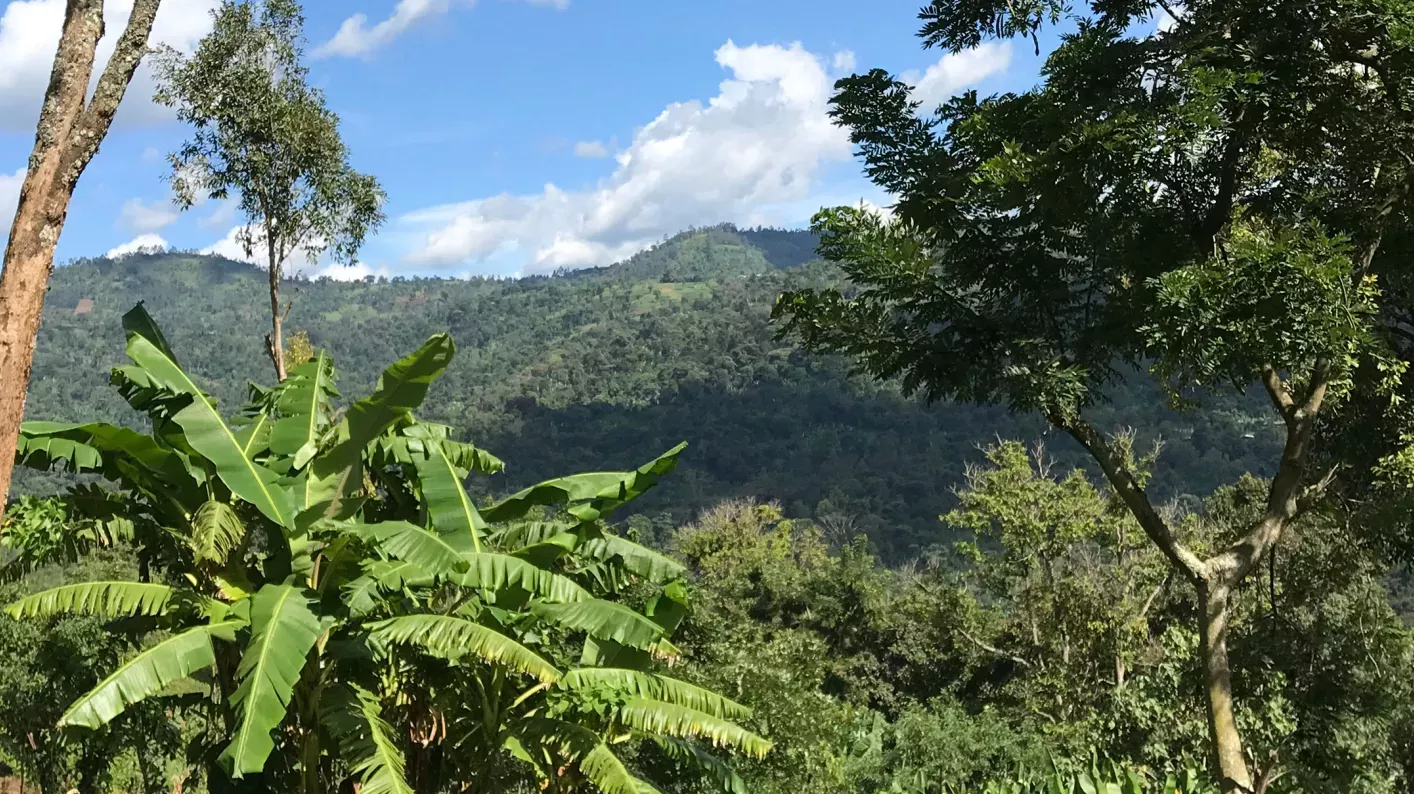
Identifying and documenting critical sites for plant diversity in Ethiopia.
TIPAs Ethiopia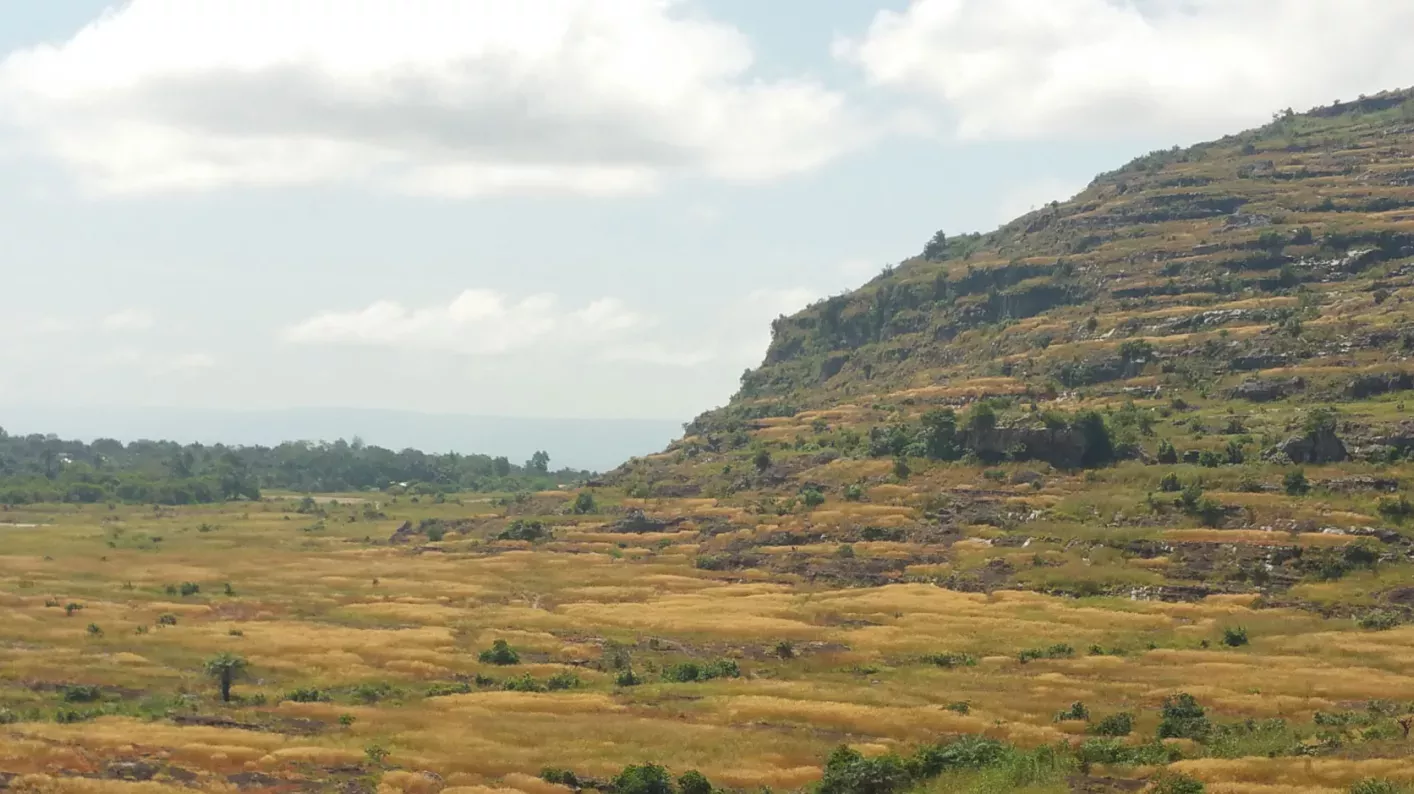
Identifying Tropical Important Plant Areas (TIPAs) of Guinea-Conakry, West Africa.
TIPAs Guinea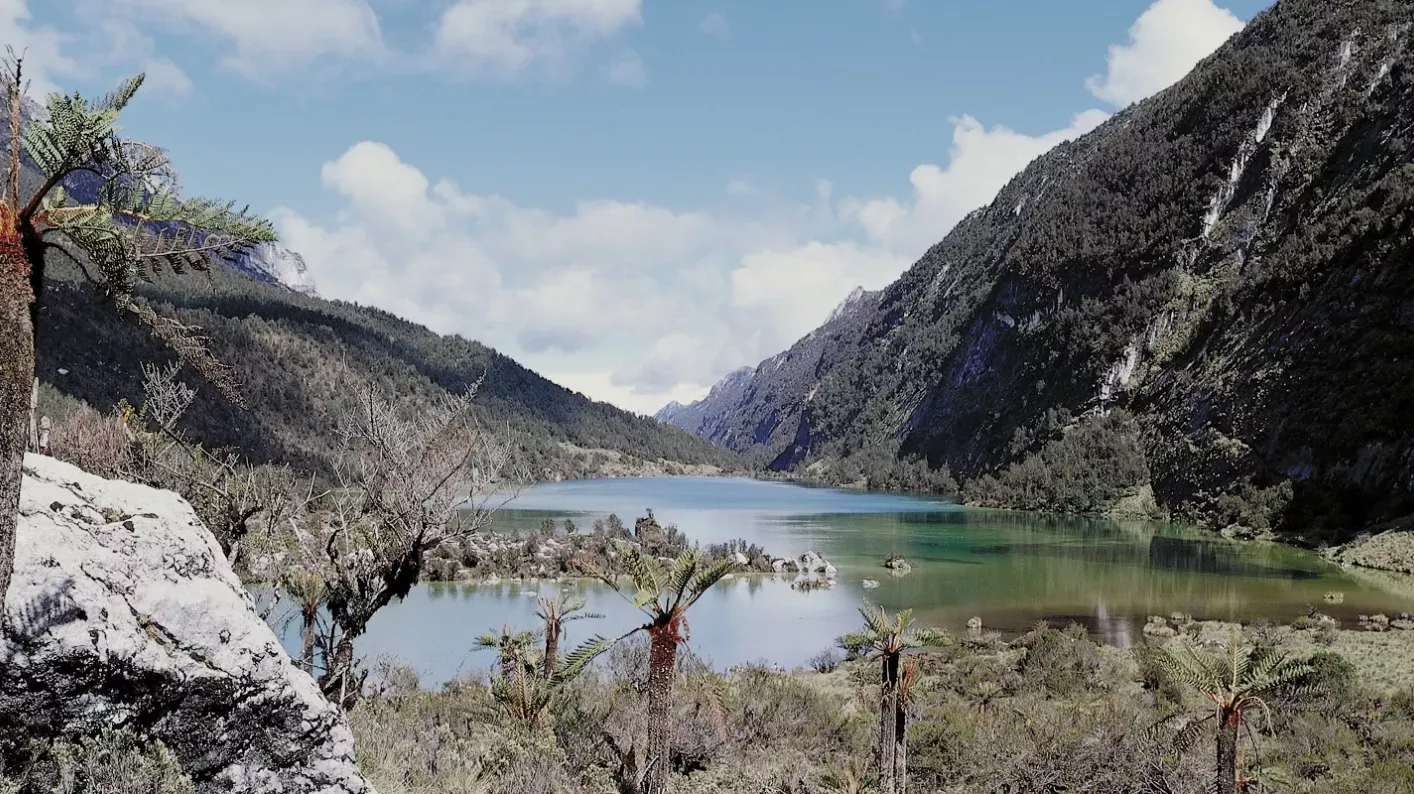
Identifying Tropical Important Plant Areas of New Guinea, Indonesia.
TIPAs New Guinea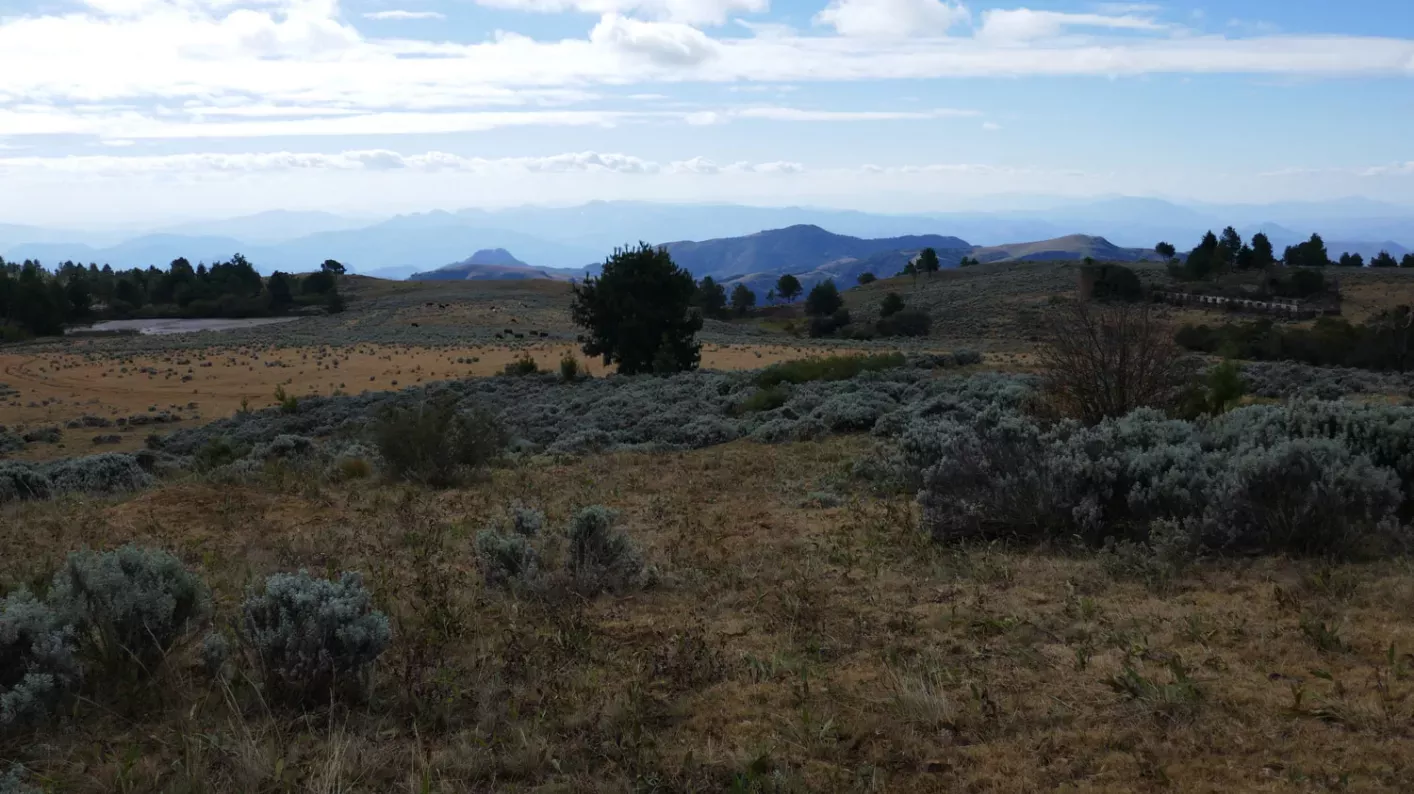
Identifying and promoting the long-term conservation and sustainable management of Mozambique’s most important sites for plant diversity.
TIPAs Mozambique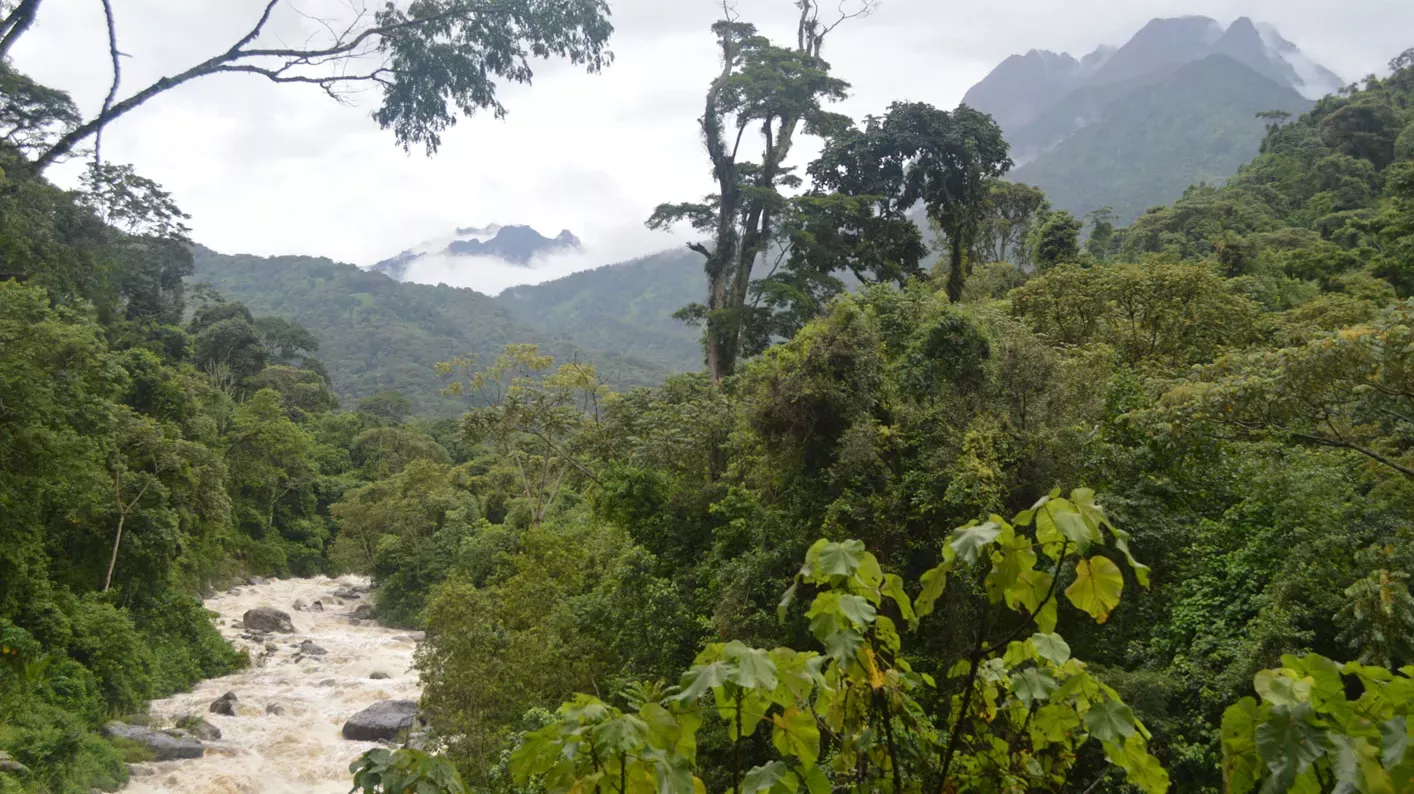
Identifying and promoting the long-term conservation and sustainable management of Uganda’s most important sites for plant diversity.
TIPAs UgandaThe TIPAs explorer portal provides access to a detailed, downloadable fact sheet for each qualifying site, with information on why the site is of global importance for plants and plant habitats, its current status, land use, and threats to the biodiversity.